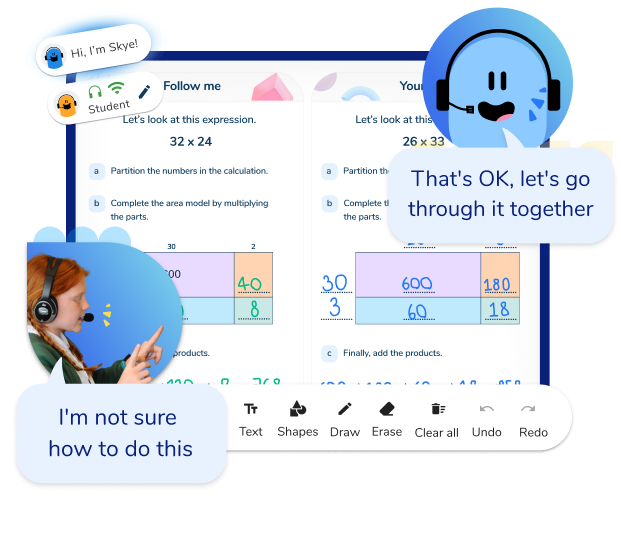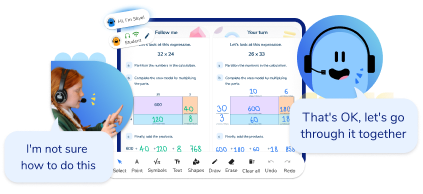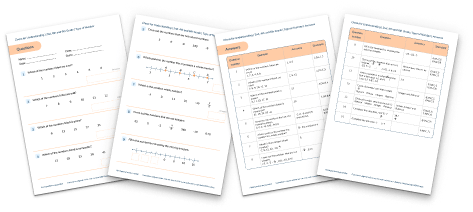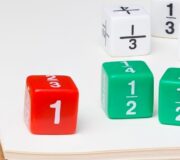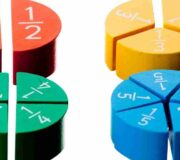What Are Composite Numbers? Explained For Teachers, Parents And Kids
Composite numbers are the inverse of prime numbers. Here we explain what exactly this section of number theory means, tell you how it is used and learned in elementary and middle schools, and provide some examples of questions involving composite numbers.
Students officially encounter prime numbers and composite numbers in 4th grade, and will be expected to work within the range of 1 to 100.
What is a composite number?
Whilst a prime number can only have 2 factors: 1 and the number itself, and 3; a composite number, on the other hand, can be any whole number that has more than 2 factors.
3 would be a prime number because its only factors are 1 and 3. A composite number can be an even or odd number.
Remember that a composite number can be any given number that is a positive integer (or natural number) whose divisors are smaller positive integers, provided the number has a minimum of 3 factors.
Note that a highly composite number has a large number of factors, and outlining this concept to students may help them remember that a composite number has multiple factors in comparison to a prime number which just has two factors.
Read more: What are factors?
Examples of composite numbers include:
- 4, as it has three factors: 1,2 and 4.
- There are 5 composite numbers between 10: 4, 6, 8, 9, 10
1 is neither a prime nor composite number.
Composite and Prime Numbers Worksheets
Use this handy quiz to test your grade 4 and 5 students' ability for working with prime and composite numbers. Includes 29 questions and answers!
Download Free Now!
Composite numbers in elementary school
The term ‘composite numbers’ is not introduced formally in the Common Core Math State Standards until 4th grade.
According to the CCSS, 4th grade children should be taught to:
“determine whether a given whole number in the range 1–100 is prime or composite.”
Students will not be asked to identify numbers as composite outside of the context of discussing prime numbers.
For schools following the Texas state standards, composite numbers are not introduced until the 5th grade. 5th grade children are expected to: “identify prime and composite numbers.”

Meet Skye, the voice-based AI tutor making math success possible for every student.
Built by teachers and math experts, Skye uses the same pedagogy, curriculum and lesson structure as our traditional tutoring.
But, with more flexibility and a low cost, schools can scale online math tutoring to support every student who needs it.
Watch Skye in action
Composite numbers between 1 and 100
The composite numbers between 1 and 100 are…
4, 6, 8, 9, 10, 12, 14, 15, 16, 18, 20, 21, 22, 24, 25, 26, 27, 28, 30, 32, 33, 34, 35, 36, 38, 39, 40, 42, 44, 45, 46, 48, 49, 50, 51, 52, 54, 55, 56, 57, 58, 60, 62, 63, 64, 65, 66, 68, 69, 70, 72, 74, 75, 76, 77, 78, 80, 81, 82, 84, 85, 86, 87, 88, 90, 91, 92, 93, 94, 95, 96, 98, 99, 100.
Students would not be expected to learn this list by heart. Using divisibility tests to find factors of a number is very useful in determining whether a number is prime or composite.
Students need to know how to find prime numbers up to 100 and know prime numbers up to 19. Primality tests, such as the Sieve of Eratosthenes or simply trial division can be methods students use to figure out which numbers are prime up to a number n, as students will be working within a range of small numbers.
Therefore, it is easier to find the prime numbers and know that numbers that are not prime are called composite numbers.
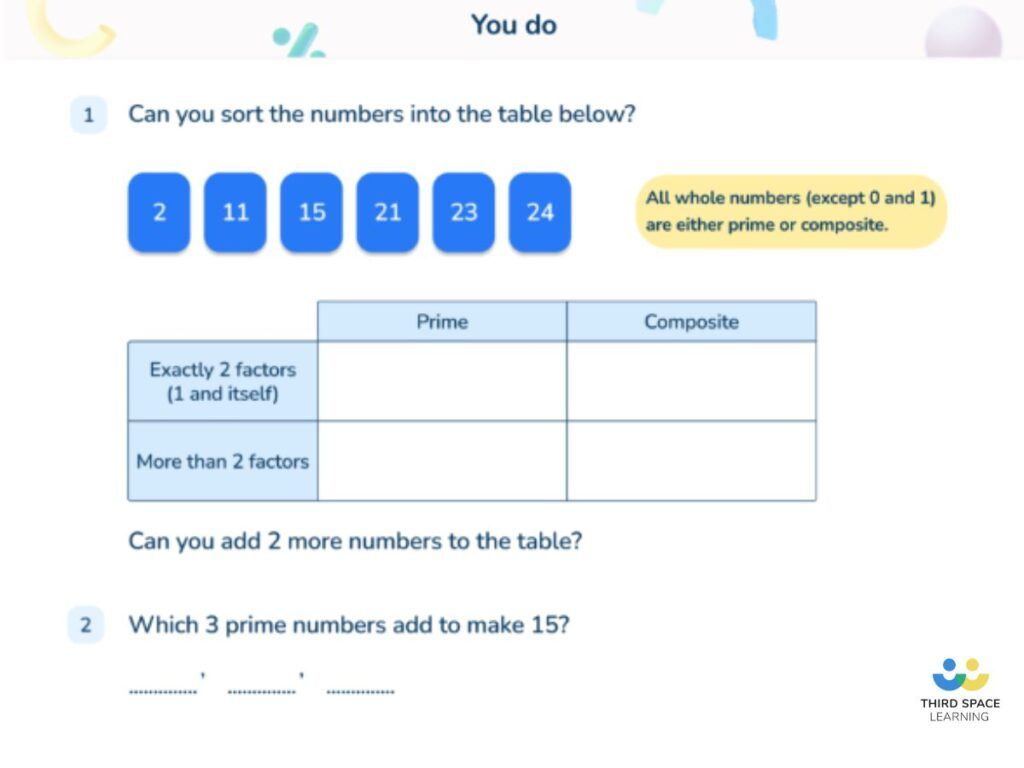
How does this relate to other areas of math?
Outside of identifying numbers as prime or composite, it is unlikely that students will be required to know that numbers are composite. However, the application of composite numbers is used throughout math to describe shape, measure, to quantify amounts of objects and to perform arithmetic.
How does this relate to real life?
Unless working in cyber security (where prime numbers are important) or as a teacher, you are unlikely to come across the term ‘composite numbers’. However, the application of composite numbers, i.e. any whole number that is not prime is used throughout mathematics (see above).
Composite numbers worked example
Q. Place these numbers into the table below.
2,3,4,5,6,7,8,9,10
| Prime | Composite |
|---|---|
Students should have memorized the prime numbers up to and including 19. They could use this to write the prime numbers into the correct section and then deduce that the other numbers are composite.
| Prime | Composite |
|---|---|
| 2, 3, 5, 7 | 4, 6, 9, 10 |
For students who do not know the prime numbers up to 19, they could find the factors of each number by using their multiplication facts.
2 = 2 x 1 (2 factors)
3 = 3 x 1 (2 factors)
4 = 4 x 1 = 2 x 2 (3 factors)
Composite numbers example questions
1. What is the definition of a composite number?
(Answer: A number with more than 2 factors)
2. Which of the following are composite numbers? 51, 97, 69, 57, 53, 90
(Answer: 90, 69, 57, 51)
3. Andy makes the number 17 out of a prime number and a composite number only using addition. What could the numbers be?
(Answer: 2 + 15, 3 + 14, 5 + 12, 7 + 10, 11 + 6, 13 + 4)
4. What is the product of the first 3 composite numbers?
(Answer: 192)
5. Robert chooses a composite number. He multiplies it by 10 and then rounds it to the nearest hundred. His answer is 300. Write all the possible composite numbers Robert could have chosen.
(Answer: 25, 26, 27, 28, 30, 32, 33, 34)
Wondering about how to explain other key math vocabulary to your children? Check out our Math Dictionary For Kids And Parents, or try these:
Do you have students who need extra support in math?
Give your students more opportunities to consolidate learning and practice skills through personalized math tutoring with their own dedicated online math tutor.
Each student receives differentiated instruction designed to close their individual learning gaps, and scaffolded learning ensures every student learns at the right pace. Lessons are aligned with your state’s standards and assessments, plus you’ll receive regular reports every step of the way.
Personalized one-on-one math tutoring programs are available for:
– 2nd grade tutoring
– 3rd grade tutoring
– 4th grade tutoring
– 5th grade tutoring
– 6th grade tutoring
– 7th grade tutoring
– 8th grade tutoring
Why not learn more about how it works?
Meet Skye, our AI voice tutor. Built on over a decade of tutoring expertise, Skye uses the same proven pedagogy and curriculum as our traditional tutoring to close learning gaps and accelerate progress. Watch a clip of Skye’s AI math tutoring in action.
The content in this article was originally written by primary school lead teacher Neil Almond and has since been revised and adapted for US schools by elementary math teacher Christi Kulesza
